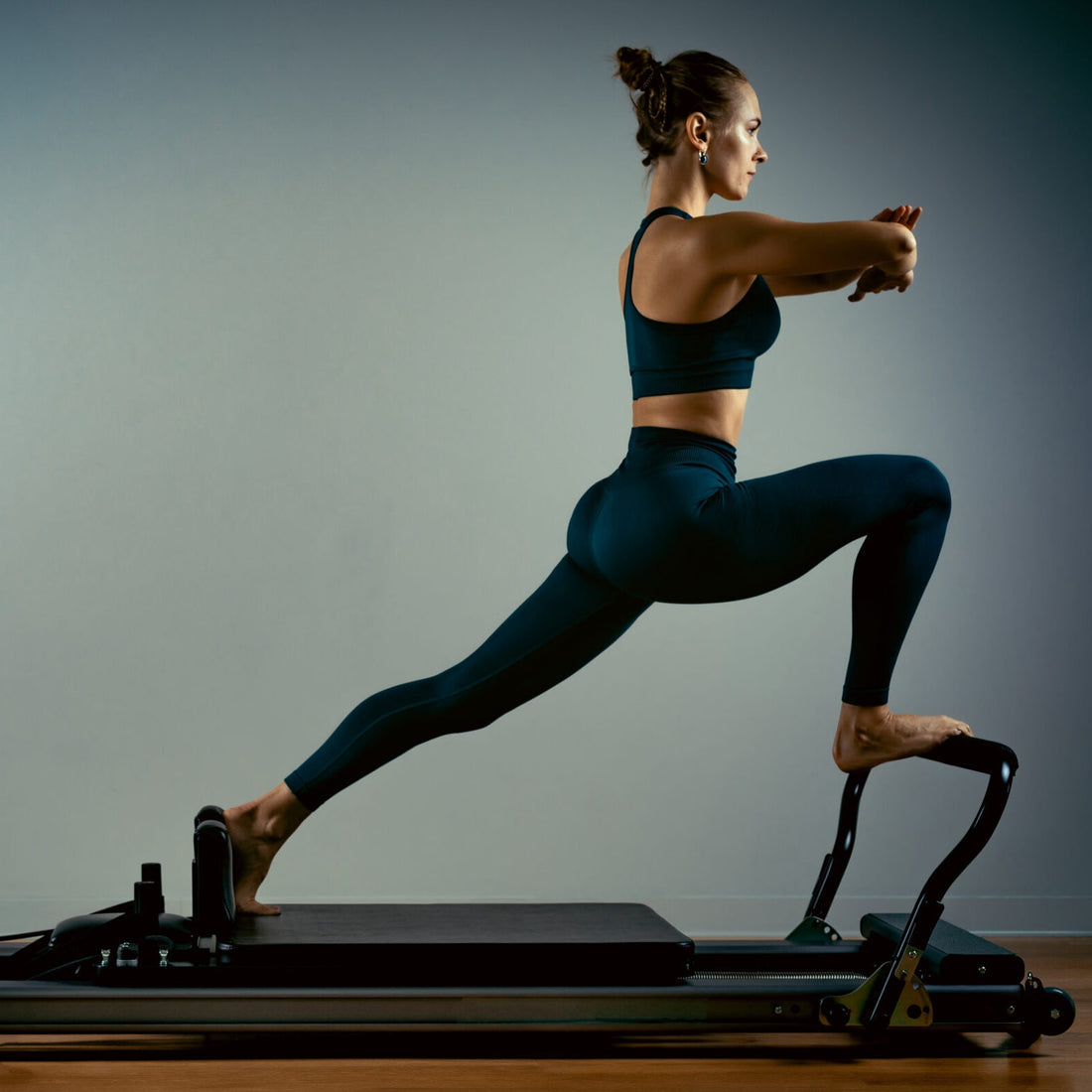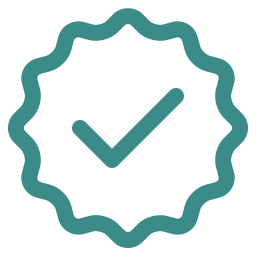You’ve finished your first workout on a Pilates reformer machine, and your body feels like you just lit every muscle on fire. While this may be discouraging, this muscle burn is a normal part of Pilates, especially for beginners.
Unfortunately, the micro-movements associated with Pilates exercises can work and cause micro-tears in muscles most of us have never worked out before.
You’ll notice this soreness, especially if you use high-end equipment, like a Pilates Cadillac Reformer that works every part of your core and take weight resistance away from your spine.
The good news is that inflammation and micro-tears are the body’s way of building new muscle that is stronger and more toned. After repeated Pilates classes, that muscle burn and fatigue will disappear, and your body will be more efficient at converting lactic acid to glucose for energy.
With that said, you can avoid that feeling of soreness and push yourself further in workouts by learning how to reduce lactic acid in muscles.
Unfortunately, lactic acid buildup or that feeling of tiredness and muscle soreness we get from high-intensity exercises can have plenty of uncomfortable and even harmful effects if not properly treated.
That’s why we’ve created this guide to help you reduce lactic acid buildup from Pilates and achieve a faster recovery before your next workout.
Why Does Lactic Acid Buildup?
Lactic acid buildup is actually a misnomer because the body doesn’t produce lactic acid. Rather, lactate is produced through glycolysis, often used interchangeably with lactic acid and associated with muscle soreness.
Without getting too technical, your body relies on oxygen and glucose to supply ATP to your muscles, which is its primary energy source.
In high-intensity workouts, your body can’t supply enough oxygen to provide ATP to your muscles, so it ends up producing lactate which is often associated with soreness.
However, that soreness results from an acidic environment created by the circulation of hydrogen ions in your muscles and bloodstream. This process leads to the ill effects of traditional lactic acid buildup.
Symptoms of Lactic Acid or Lactate Buildup
Most of us have probably experienced lactic acid or lactate buildup during a strenuous workout. Understanding the signs of lactic acid buildup is key to allowing your body the proper time to recover.
Symptoms of lactic acid buildup include:
- Shallow breathing
- Fatigue
- Abdominal soreness
- Difficulty completing exercises
- Muscle soreness or burn
- Nausea
- Headaches
- Yellowing skin/eyes
- Hunger
How Long Does Lactic Acid Stay in Muscles?
Lactate is typically recycled by your muscles anywhere between an hour to a day after a workout.
For that reason, muscle soreness felt afterward can be attributed to inflammation caused by micro-tears in your muscles.
While the science behind lactic acid buildup has changed, we can still take the same supplements and precautions to reduce lactic acid or muscle soreness as previously understood.
What Supplements Help Reduce Lactic Acid?
Altering our diet can help us achieve faster and easier recoveries after a high-intensity Pilates or reformer Pilates workout.
The primary food sources that aid in muscle recovery include:
- Magnesium - Spinach, Swiss Chard, Tofu, Beans, Seeds
- B Vitamins - Beef, Pork, Eggs, Leafy Green Vegetables, Beans, Dairy
- Omega 3 Fatty Acids - Salmon, Tuna, Mackerel, Walnuts
Protein especially is critical to muscle development, so eating high-protein meals 2-3 hours after a workout and on recovery days helps accelerate muscle recovery.
However, there are additional steps you can take during a Pilates workout to reduce muscle soreness and accelerate recovery.
5 Ways to Reduce Lactic Acid During Workouts
- Take Deep Breaths
First and foremost, to provide your muscles with enough oxygen required to produce ATP, we can assist our bodies through controlled breathing. Fortunately, experienced Pilates students understand the importance of calm breaths that feed more oxygen to our bodies.
Be sure to work on your posture to help oxygen flow more smoothly through your body. Equipment like the Wunda Chair is designed to help fix your posture and control your breathing.
Taking deep breaths helps supply necessary oxygen to muscles and reduces stress that furthers inflammation.
- Stay Hydrated
Lactate is water-soluble, so drinking 20 ounces of water before Pilates class and an additional 6-8 ounces during a class reduces the ill effects of hydrogen ions that damage muscle fiber.
- Perform a Pre- and Post-Workout Stretch
Stretching allows muscle fibers to loosen and oxygen to fuel ATP development. Always do a dynamic stretch before a Pilates workout, and be sure to take small, cautious movements to prevent cramps or muscle blowout.
Be sure to finish a workout with stretches to supply that oxygen needed for recovery and energy. It’s one of the main reasons so many Pilates classes like to end with a small Yoga session.
- Gradually Increase Weight Resistance
Furthermore, take muscle cramps and soreness as a sign that your body has had enough. Your body only has so much of a lactate threshold before an acidic environment will develop and cause inflammation.
To help avoid exceeding that threshold, gradually increase weight resistance between workouts using Pilates equipment. This way, you will avoid muscle burnout and fatigue.
- Workout More
Finally, we can help avoid muscle soreness and fatigue by working out more. As our muscles develop, they become more efficient at converting glucose to energy and faster recovery.
As a result, you’ll notice after a few weeks of Pilates, you won’t be as sore the next day, and you’ll be craving that soreness once again. Less soreness and better muscle tone will fuel your desire to continue with Pilates.
Conclusion
While lactic acid technically is not the source of muscle recovery, the same science behind preventing muscle fatigue and soreness still applies to Pilates students.
By modifying your diet to incorporate more protein-rich meals and taking added precautions during a Pilates exercise, you can help avoid excessive muscle soreness and long recovery times.
Additionally, the more you workout with Pilates and gradually add resistance with a reformer Pilates machine, the better your muscles will become at storing energy and avoiding soreness.





